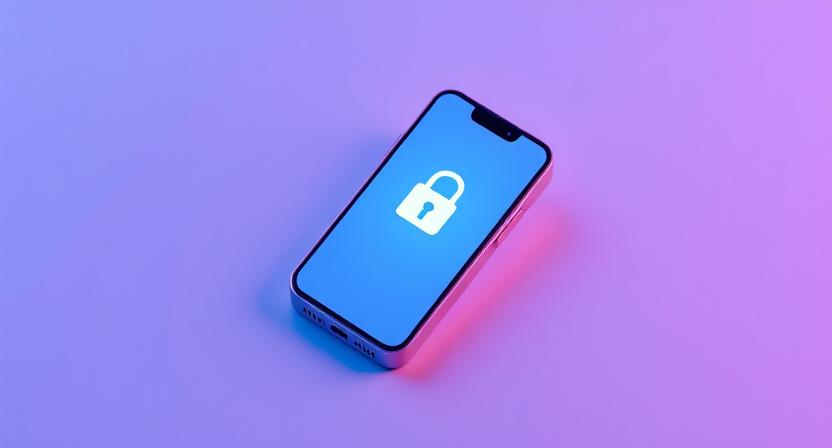Swipe to Unlock
Swipe to Unlock, made phone access intuitive. Its influence spread to app navigation, shaping touch-based UX despite patent challenges.

Swipe to Unlock: The Gesture That Opened the Mobile Era
In the pantheon of UI/UX innovations, few have had as immediate and lasting an impact as "Swipe to Unlock." This simple yet revolutionary gesture, introduced with the first iPhone, transformed how we interact with our devices, making touch-based navigation feel instinctive and elegant. From its debut to its widespread influence, swipe to unlock is a cornerstone of mobile design history. Let’s explore its origins, impact, and the legacy it’s left behind.
The Impact: A Swipe That Changed Everything
Before swipe to unlock, phone unlocking was a clunky affair—think PIN codes or physical buttons. Then came the iPhone in 2007, with its sleek "slide to unlock" feature. A quick swipe across the screen, and your device sprang to life. It was intuitive, secure, and oddly satisfying, setting a new standard for mobile interaction. This wasn’t just about access; it was a statement—touchscreens could be natural, human-centric tools.
The gesture’s influence rippled far beyond the lock screen. It paved the way for swipe-based navigation in apps, from flipping through photos to browsing emails. Perhaps its most famous offspring is Tinder, where swiping left or right redefined digital dating. Swipe to unlock didn’t just open phones—it unlocked a new era of UX, proving that a single motion could reshape user behavior globally. Even after its patent lapsed, its DNA lingered in countless interfaces, a testament to its universal appeal.
The Origins: Apple’s Touch of Genius
The masterminds behind swipe to unlock were Steve Jobs and the iPhone design team at Apple, with significant contributions from Greg Christie, a key figure in the original iPhone’s human interface group. Unveiled on January 9, 2007, during Jobs’ iconic keynote, the feature was a highlight of the iPhone’s debut. The goal was clear: make unlocking a phone as effortless as turning a page, while adding a layer of security to prevent accidental inputs. The result—a horizontal swipe accompanied by a glowing slider—was a stroke of brilliance.
Apple patented the concept, branding it "slide to unlock," and it became synonymous with the iPhone’s identity. However, the patent faced legal challenges from competitors like Samsung, and by 2014, it was invalidated in key markets, freeing the gesture for broader use. What started as an Apple exclusive soon became a mobile standard, adopted and adapted by Android and countless apps. Its origins may lie with Cupertino, but its reach is global.
The Legacy: A Gesture That Keeps Giving
Swipe to unlock is more than a feature—it’s a milestone in the evolution of touch interfaces. Its success lies in its simplicity: a natural motion that feels instinctive yet purposeful. For designers, it’s a lesson in the power of minimalism—how one well-executed idea can redefine an industry. While modern phones have moved toward face scans and fingerprints, the swipe’s influence endures in the fluid, gesture-driven UX of today’s apps.
As mobile technology advances, swipe to unlock remains a touchstone of innovation. It’s a reminder that the best designs don’t just solve problems—they feel like they were always meant to be. From the iPhone’s lock screen to Tinder’s love matches, this humble swipe opened doors we’re still walking through, proving that sometimes, the smallest gestures leave the biggest mark.
About the Author
Hina Firdause is a seasoned professional with over eight years of experience in product strategy, cross-sell optimization, and process improvement. Currently based in Bengaluru, she works with Niti AI, where she leverages her expertise to drive innovative solutions. She holds an MBA from the prestigious IIM Kashipur. Passionate about technology and business, she actively engages in discussions on emerging trends, including no-code platforms and fintech disruptors, offering insightful perspectives drawn from her extensive industry experience.
